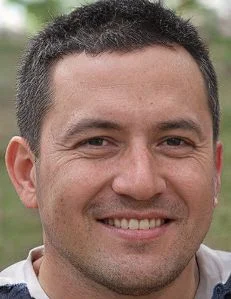In a significant move to bolster the American economy and foster international partnerships, a high-profile U.S. delegation is set to embark on a pivotal diplomatic and economic mission to key Gulf nations. This initiative underscores a strategic effort to attract substantial foreign investment into critical American sectors.
High-Stakes Diplomatic and Economic Mission
President Donald Trump is scheduled to lead this important U.S. delegation on his first overseas trip since returning to office. The destinations include Saudi Arabia, Qatar, and the United Arab Emirates next week. The primary objective of this mission is to forge extensive investment agreements in vital areas such as energy, technology, and infrastructure. Furthermore, the delegation aims to persuade Gulf nations to channel more capital into the U.S. economy.
A central element of this visit is the Saudi-U.S. Investment Forum in Riyadh, slated for May 13th, where President Trump is anticipated to meet with Crown Prince Mohammed bin Salman. Accompanying the President will be influential figures from the highest echelons of finance and technology. This includes Larry Fink of BlackRock, Jane Fraser of Citigroup, Steve Schwarzman from Blackstone, and Alphabet’s CFO, Ruth Porat. Tech industry leaders Arvind Krishna of IBM and Cristiano Amon of Qualcomm will also be present, alongside White House crypto and AI advisor, David Sacks.
Strategic Focus and Investment Goals
The forum’s agenda is structured around four principal domains: Energy, Artificial Intelligence, Advanced Manufacturing, and Finance. Reports indicate that President Trump is seeking to secure commitments valued at a minimum of $1 trillion from Saudi Arabia and the UAE to support American projects and enterprises.
However, the timing of this presidential initiative presents certain challenges. Saudi Arabia is currently contending with an expanding budget deficit, a consequence of declining oil prices. The price of Brent crude has fallen by nearly 20% this year, contributing to a Q1 2025 deficit of $15.7 billion – the most significant in three years. Financial analysts, including Goldman Sachs, project that the annual deficit could reach $67 billion, potentially compelling the government to increase its reliance on borrowing.
Vision 2030 and Regional Ambitions
Despite these fiscal pressures, Saudi Arabia continues its aggressive expenditure on its transformative “Vision 2030” strategy. Major infrastructure projects and substantial spending by its sovereign wealth fund are pushing the Kingdom’s oil break-even price above $100 per barrel.
President Trump’s visit occurs as Riyadh intensifies its efforts to establish itself as the foremost investment hub in the region. The Kingdom’s goal is to attract $100 billion in annual foreign direct investment by the close of the decade. Strengthening ties with the U.S., particularly in the realms of defense and technology, is a crucial component of this ambitious vision. The visit is anticipated to accelerate negotiations for long-term economic cooperation between the United States and the Gulf, further intertwining Saudi Arabia’s forward-looking plans with America’s financial prowess.

Maxwell Reed is the first editor of Cryptovista360. He loves technology and finance, which led him to crypto. With a background in computer science and journalism, he simplifies digital currency complexities with storytelling and humor. Maxwell began following crypto early, staying updated with blockchain trends. He enjoys coffee, exploring tech, and discussing finance’s future. His motto: “Stay curious and keep learning.” Enjoy the journey with us!